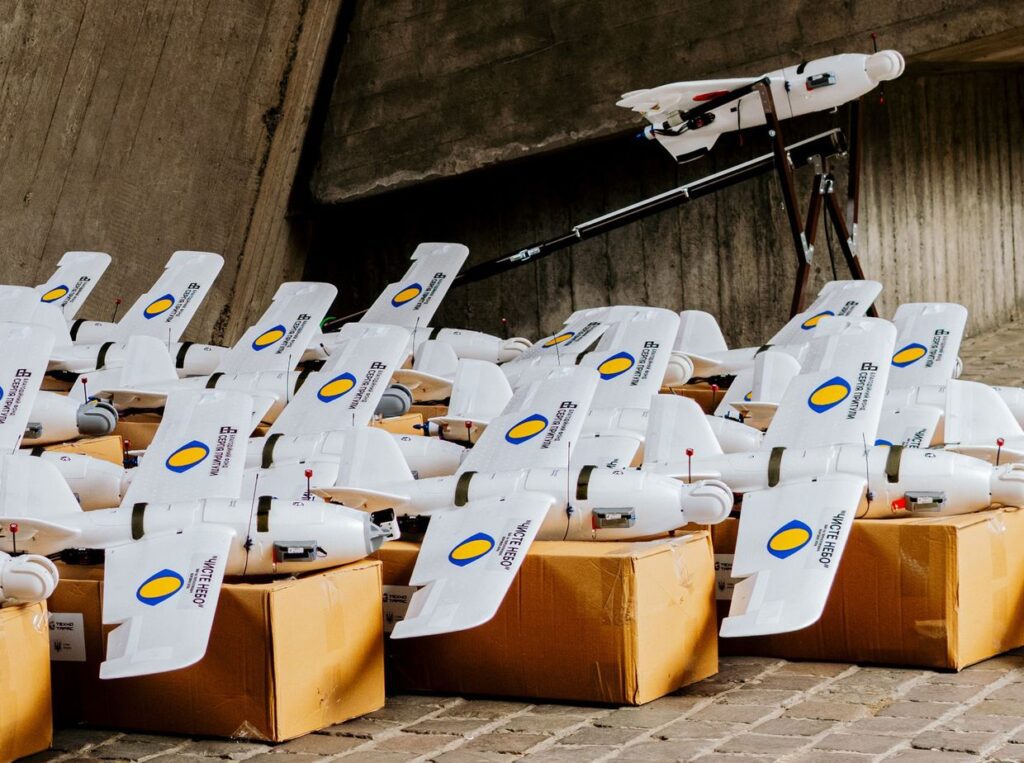A fleet of Russian Shahed drones is intensifying nighttime attacks on Ukraine, causing significant destruction in cities that had managed some stability during the war. Due to a shortage in traditional air defense systems, Ukraine is shifting its strategy to developing “interceptor drones” to enhance public safety and counter the drone threats.
President Volodymyr Zelensky’s office highlighted the use of these interceptors, which have already shown success against Shahed drones, as a priority. The looming challenge remains that Shahed drones are faster and more sophisticated than previous targets, creating a need for advanced interception capabilities.
Recent projects have emerged to combat the Shahed threat, with efforts from various organizations leading to innovations like the “wild Hornet” interceptor drone. Despite government support and public backing, the production and deployment of effective drone countermeasures are lagging, especially against the impressive scale of Shahed drone production by Russia.
Experts express concerns over the balance of drone warfare, noting that Ukrainian defenses are struggling to keep pace with the speed and number of Shahed assaults as Russia increases production rates. The significant cost advantage of interceptor drones—around $5,000 each compared to $40,000–$100,000 for traditional missiles—highlights a strategic shift towards more budget-friendly solutions.
However, doubts remain regarding whether these new interceptor technologies can handle the sheer volume of Shahed drones, as Russia deploys up to 70 per day. The situation underscores an ongoing urgency for Ukraine to bolster its aerial defense capability amid rising attacks, necessitating greater production and effectiveness of these interceptor systems.
Source link


